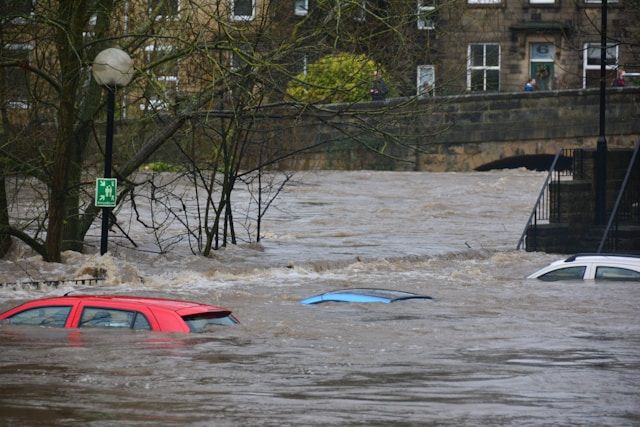Nine lives lost, with more at risk as deadly storms and floods wreak havoc across the southeastern US
At least nine people have tragically lost their lives in catastrophic flooding across the southeastern United States as torrential rain and severe storms drenched the region over the weekend. Kentucky has been the hardest hit, with Governor Andy Beshear confirming eight deaths in his state alone. He warned during a press conference on Sunday that the number of fatalities could rise as rescue operations continue.
Hundreds of people were stranded in rising floodwaters, many trapped in their vehicles. Emergency responders have been working tirelessly, with Governor Beshear urging residents to stay off the roads and prioritise their safety. The ninth death occurred in Georgia, where a man was killed when an uprooted tree crashed into his home while he was in bed.
Flood warnings and alerts were issued across several states, including Kentucky, Georgia, Alabama, Mississippi, Tennessee, Virginia, West Virginia, and North Carolina, as storm systems continued to cause widespread devastation. These areas are still reeling from the effects of Hurricane Helene in September, and now the rains have caused even more havoc. More than half a million households across the eight states were without power by Sunday night, according to poweroutage.us.
Embed from Getty ImagesKentucky appears to have borne the brunt of the destruction. Among the victims were a mother and her seven-year-old child, as well as a 73-year-old man. Some regions of Kentucky saw up to 6 inches (15 cm) of rainfall, causing rivers to swell and submerge roads. National Weather Service (NWS) officials reported significant flooding, with vehicles trapped in several feet of water.
Governor Beshear took to social media, announcing that over 300 road closures had been implemented across Kentucky. He also requested an emergency disaster declaration from the White House, seeking federal aid to assist in the recovery efforts. President Donald Trump approved the request on Sunday, allowing the Federal Emergency Management Agency (FEMA) to coordinate relief efforts.
Authorities have warned that the worst flooding is yet to come. Eric Gibson, Director of the Kentucky Division of Emergency Management, cautioned that river levels would continue to rise, with swollen streams contributing to prolonged flooding. Senior NWS forecaster Bob Oravec echoed these concerns, saying that the region would continue to face severe flooding in the coming days.
In Tennessee, a levee breach in Obion County caused floodwaters to surge rapidly. The breach resulted in a life-threatening situation in Rives, a small town of about 300 people, as rising waters, freezing temperatures, and power outages prompted Mayor Steve Carr to declare a state of emergency. Rescue workers have been seen in boats navigating the flooded streets as they attempt to evacuate residents.
Further south, West Virginia Governor Patrick Morrisey declared a state of emergency for 13 counties, as flash flooding and storm damage continued to wreak havoc. Kristi Noem, head of the Department of Homeland Security, reached out to affected governors to offer assistance, ensuring that local authorities received the necessary support to manage the disaster.
Meteorologists also warned that the polar vortex is heading towards the northern Rocky Mountains and northern Plains, with temperatures expected to plunge to as low as 14°F (-10°C) in Colorado. Shelters in Denver were opened for the homeless population as the freezing temperatures moved in, adding to the region’s challenges.
As floodwaters persist and recovery efforts continue, officials are urging residents to remain vigilant and prepared for further challenges in the coming days.
